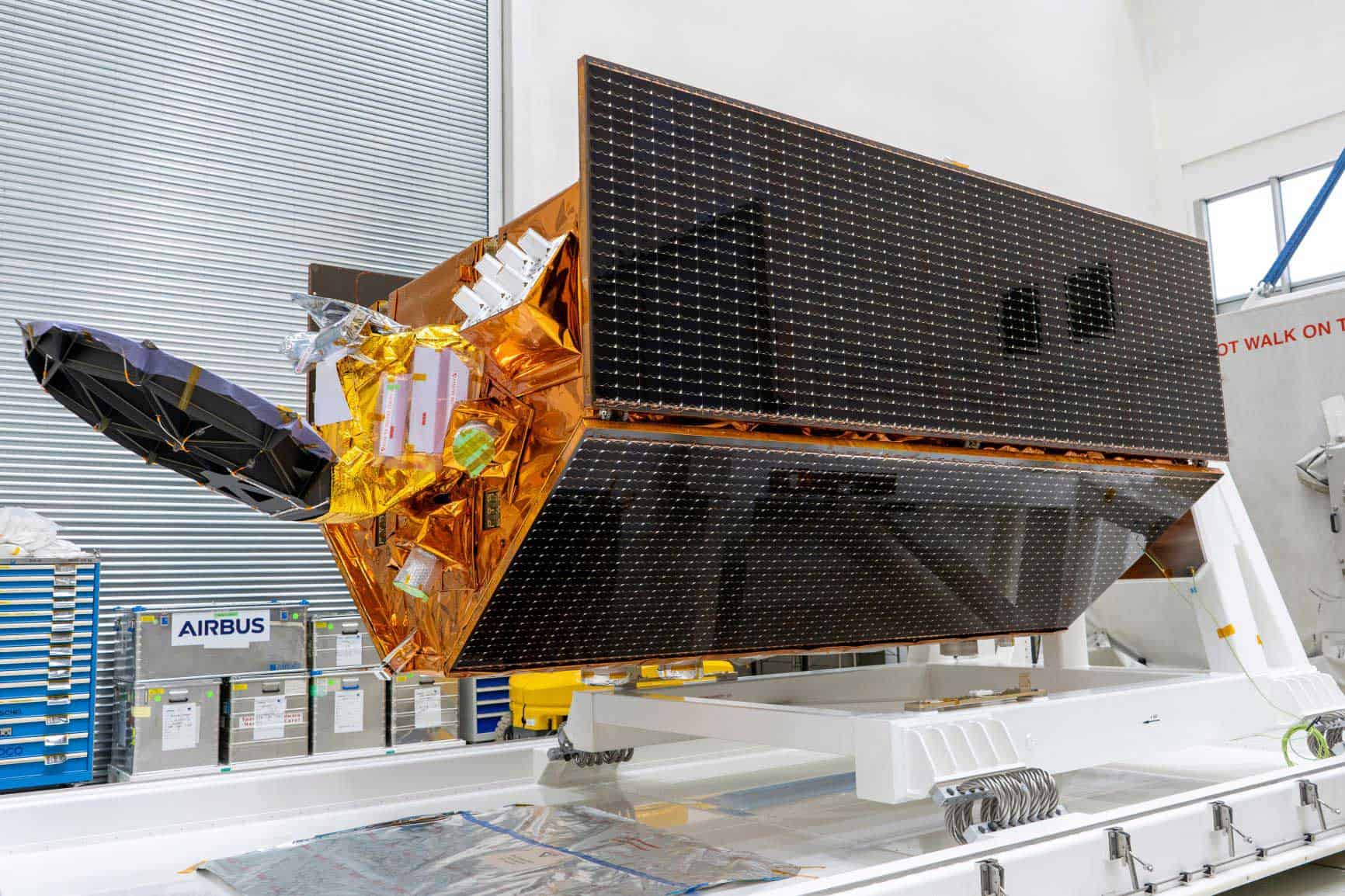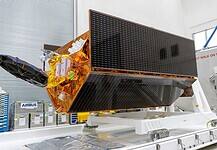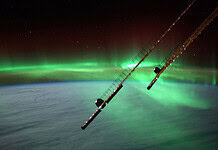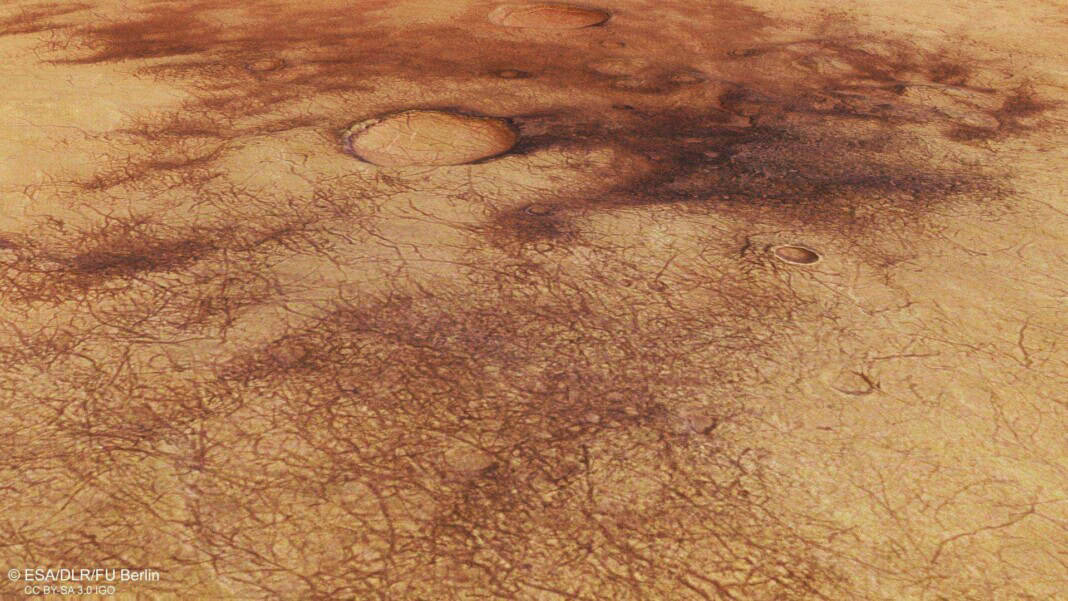
This site is also available on:
Deutsch
Introduction to the Martian atmosphere and its phenomena
Despite its thin atmosphere, Mars represents a remarkably dynamic meteorological system that has long fascinated scientists. In particular, the movement of dust and winds on the surface of the Red Planet plays a crucial role in the climate, weather patterns, and the distribution of suspended particles in the atmosphere. Recently, a comprehensive analysis of scientific image data from European Mars missions yielded entirely new insights into the speed and behavior of so-called dust devils and their accompanying winds on Mars. These rotating columns of dust, known on Earth but significantly larger and more intense in their Martian variant, can occur with considerable wind speeds of up to 160 kilometers per hour – faster and more violent than previously thought.
The combination of modern camera technology and machine learning enabled an international team of researchers led by the University of Bern to capture these dust phenomena across the entire planet and analyze them in detail. The HRSC and CaSSIS cameras played a key role in this. Furthermore, this research provides important foundations for refining future climate models, which are of great importance not only for scientific exploration but also for planned robotic and manned Mars missions.
Use of advanced camera systems and methods
The study was based primarily on image data from two European camera systems: the High Resolution Stereo Camera (HRSC) on board ESA‘s Mars Express mission and the Color and Stereo Surface Imaging System (CaSSIS) on the ExoMars Trace Gas Orbiter. These instruments complement each other perfectly, providing not only high-resolution images but also the ability to capture time-shifted and stereoscopic images. This allows the three-dimensional structure of the Martian surface to be precisely captured and the movement of atmospheric phenomena to be documented.
The study analyzed over 50,000 satellite images using a state-of-the-art deep learning approach to systematically identify dust devils. This automated image analysis enabled comprehensive mapping and classification of these rotating vortices, which are otherwise difficult to detect. Stereo images of approximately 300 dust devils were then analyzed to determine their direction of motion and speed. The combination of these data sources and the machine-based methods represents an innovative example of modern planetary science, where technology and algorithmic methodology go hand in hand.
The resolution of the cameras is sufficient to detect even comparatively small dust vortices with a diameter of a few dozen meters, thus documenting even small-scale atmospheric phenomena. This level of detail is crucial for a precise understanding of wind dynamics on the Martian surface.
Insights into the speed and significance of Mars dust devils
The analysis of the data revealed that dust devils and the winds surrounding them on Mars can reach astonishing maximum speeds of up to 44 meters per second, equivalent to approximately 160 kilometers per hour. These values are significantly higher than previous ground measurements, which typically showed wind speeds below 50 kilometers per hour, with occasional peaks of around 100 kilometers per hour.
These new findings indicate that the winds on Mars that cause and surround dust devils create different conditions than previously thought. They are significantly stronger and thus much more important for dust transport and atmospheric dynamics. The high wind speeds raise the possibility that much more dust is stirred up by wind movements and introduced into the atmosphere than previously calculated.
Precise observations of where and when the winds are strong enough to dislodge dust from the surface allow researchers to adapt future climate models and simulate corresponding processes more precisely. Understanding dust cycles is crucial, as disturbed dust significantly influences the Martian climate and drives phenomena such as global dust storms, among others.
Cartographer Antonia Schriever from the DLR Institute of Space Research reports that identifying and measuring the dust devils in the HRSC data for training the algorithms was a complex and challenging task. However, the discovery that these whirlwinds are so large and fast clearly rewarded their efforts. Dr. Daniela Tirsch, head of the HRSC experiment, emphasizes that the HRSC’s ability to capture different image channels slightly offset in time was crucial for reliably recording the speed and direction of the dust devils for the first time.
Impact on the dust cycle and the Martian atmosphere
The powerful dynamics of dust devils have far-reaching consequences for the dust cycle on Mars. The high wind speeds and rotating vortices effectively stir up dust particles, which can then be transported long distances in the thin Martian atmosphere. These processes likely contribute significantly to the Martian atmosphere remaining so rich in fine dust, while also allowing regular dust storms to develop, which have global impacts on the climate.
Previous assumptions estimated this effect to be significantly lower, so the new study results significantly enhance our understanding of Martian winds and their interaction with dust. In particular, the observations that stronger non-vortex winds transport considerable amounts of dust into the atmosphere had previously been underestimated.
By analyzing data spanning nearly two decades—from the beginning of HRSC operations in 2004 to more recent images from the CaSSIS camera—scientists were able to identify long-term patterns and trends for the first time. These long-term data are valuable because they provide insights into seasonal and interannual changes in the Martian atmosphere.
This more precise insight into the dust cycle not only supports scientific understanding but also impacts practical considerations for future Mars missions. Dust can impair the function of robots and instruments and also poses a risk to human astronauts. Therefore, in-depth knowledge of wind and dust conditions is essential for exploration planning and safety.
Conclusion and significance of the research
The new findings on Martian winds and dust devils expand the picture of a dynamic and complex weather system on the Red Planet, one that appears significantly more powerful and diverse than previously thought. The combination of state-of-the-art imaging with HRSC and CaSSIS and innovative deep learning methods enables scientists to precisely analyze invisible phenomena such as wind movements using visible dust devils, thereby drawing important conclusions about the Martian atmosphere.
This represents a significant advance for planetary science and provides essential data for climate models that can enable and improve human and robotic exploration of the planet in the long term. The international and interdisciplinary collaboration, as well as the ability to combine high-tech instruments and machine intelligence, exemplify how modern research is conducted successfully.
The insights gained into atmospheric dynamics and the dust cycle increase the chances of making Mars missions safer and more efficient and advance our understanding of one of the most important control elements in the Martian climate. At the same time, they stimulate new questions, such as the long-term development of the Martian weather and the role of dust clouds in the planetary atmosphere.
The study of dust devils and winds on Mars therefore remains a central topic for future research, promising even deeper insights through the continuous development of imaging and analysis techniques. This underscores the importance of continuous missions and extensive image data acquisition for the exploration of our neighboring planet.

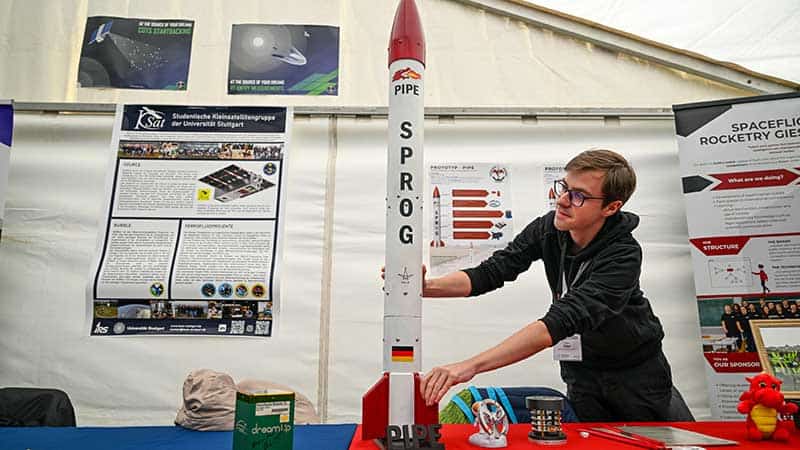 Wacken Open Air: Interstellar meeting place for space enthusiasts (Wacken Open Air: Interstellar meeting place for space enthusiasts)
Wacken Open Air: Interstellar meeting place for space enthusiasts (Wacken Open Air: Interstellar meeting place for space enthusiasts)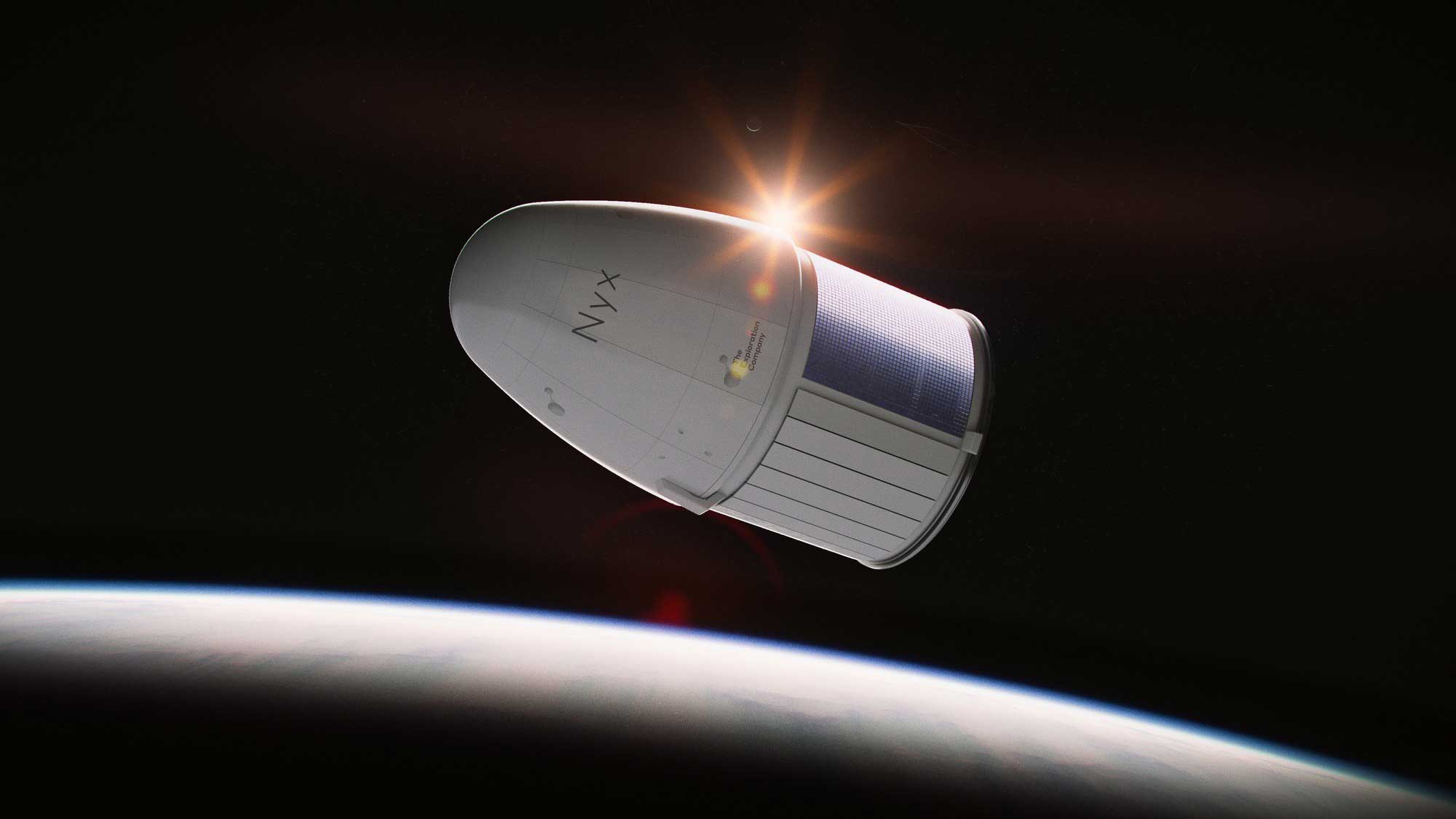 Space research: DLR buys flights on the “Nyx” space capsule (Space research: DLR buys flights on the “Nyx” space capsule)
Space research: DLR buys flights on the “Nyx” space capsule (Space research: DLR buys flights on the “Nyx” space capsule)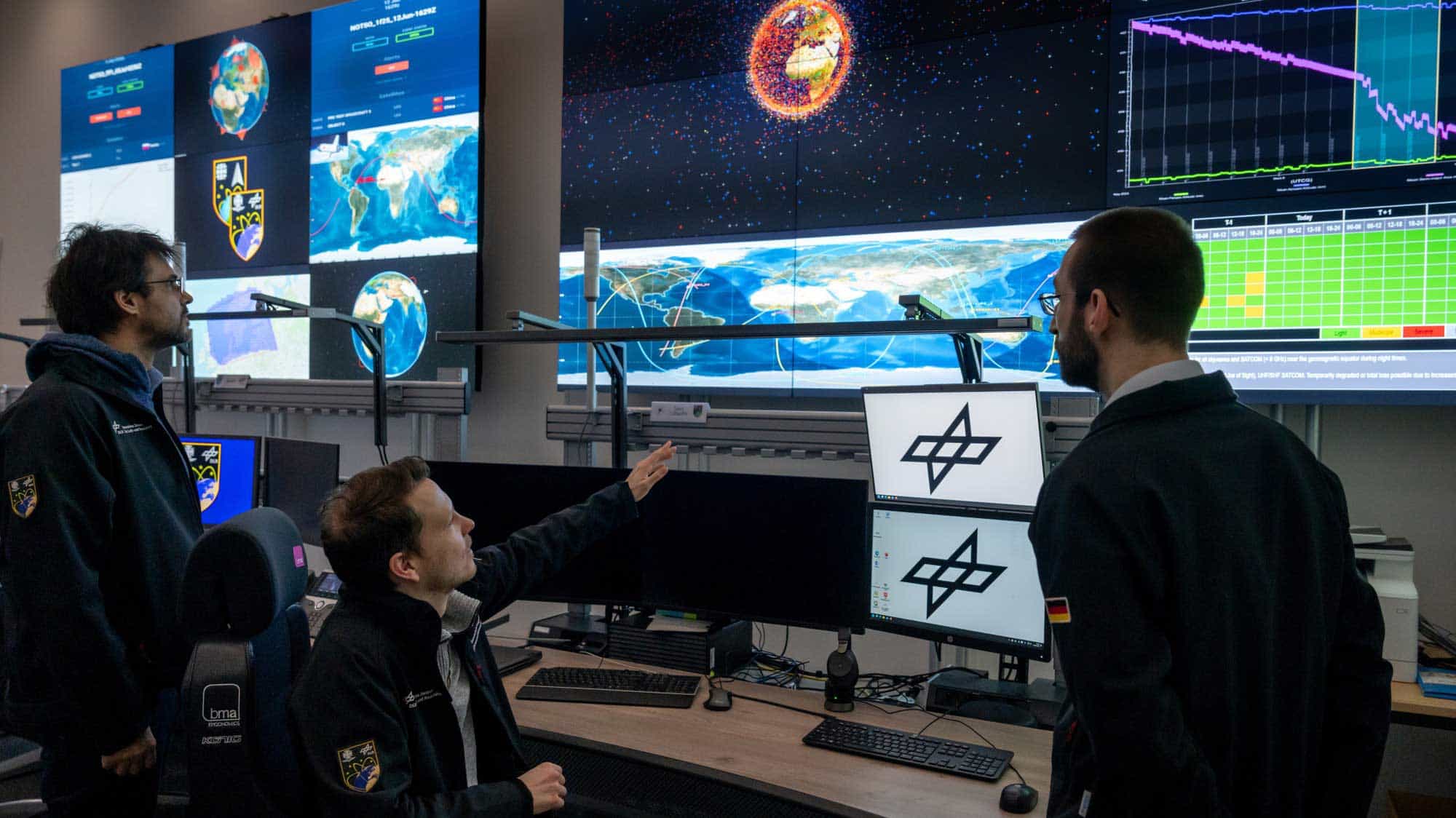 Safety in orbit: DLR & Bundeswehr use Uedem Space Situational Awareness Center (Safety in orbit: DLR & Bundeswehr use Uedem Space Situational Awareness Center)
Safety in orbit: DLR & Bundeswehr use Uedem Space Situational Awareness Center (Safety in orbit: DLR & Bundeswehr use Uedem Space Situational Awareness Center)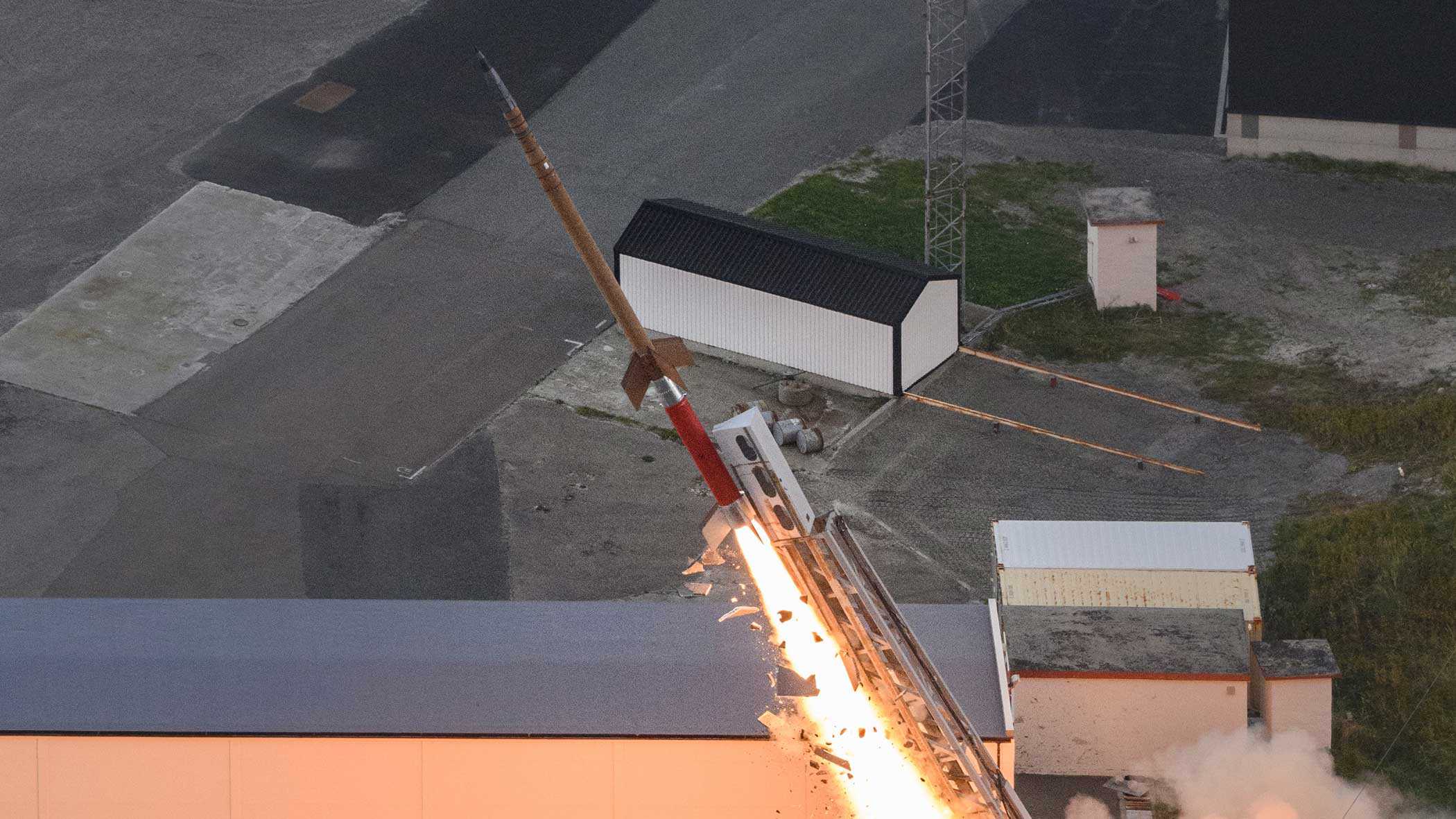 Reusable spacecraft: DLR’s ATHEAt flight experiment (Reusable spacecraft: DLR’s ATHEAt flight experiment)
Reusable spacecraft: DLR’s ATHEAt flight experiment (Reusable spacecraft: DLR’s ATHEAt flight experiment)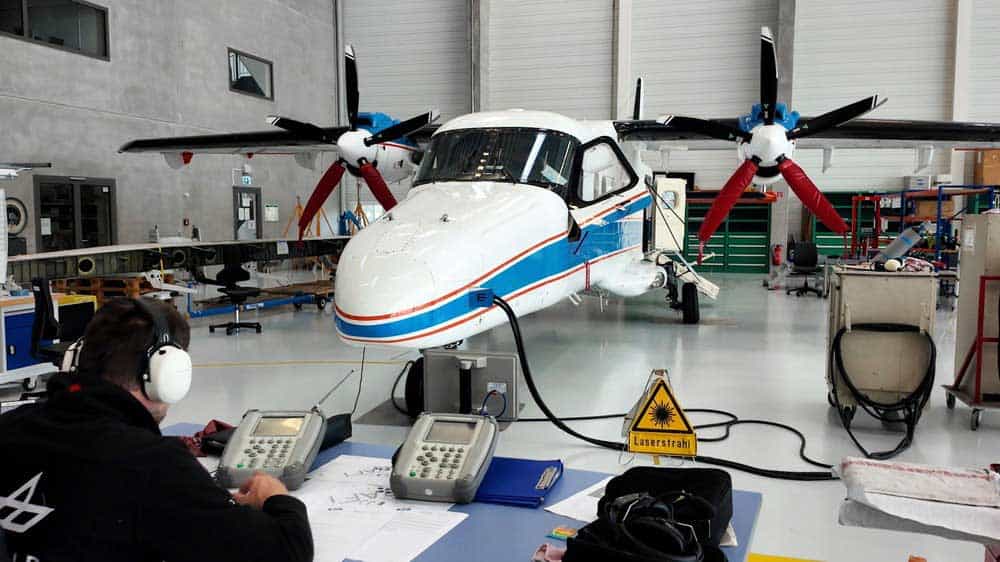 Quantum communication: From aircraft to ground stations and the quantum internet (Quantum communication: From aircraft to ground stations and the quantum internet)
Quantum communication: From aircraft to ground stations and the quantum internet (Quantum communication: From aircraft to ground stations and the quantum internet) NRW, ESA and DLR expand SpaceHub Cologne (NRW, ESA and DLR expand SpaceHub Cologne)
NRW, ESA and DLR expand SpaceHub Cologne (NRW, ESA and DLR expand SpaceHub Cologne)